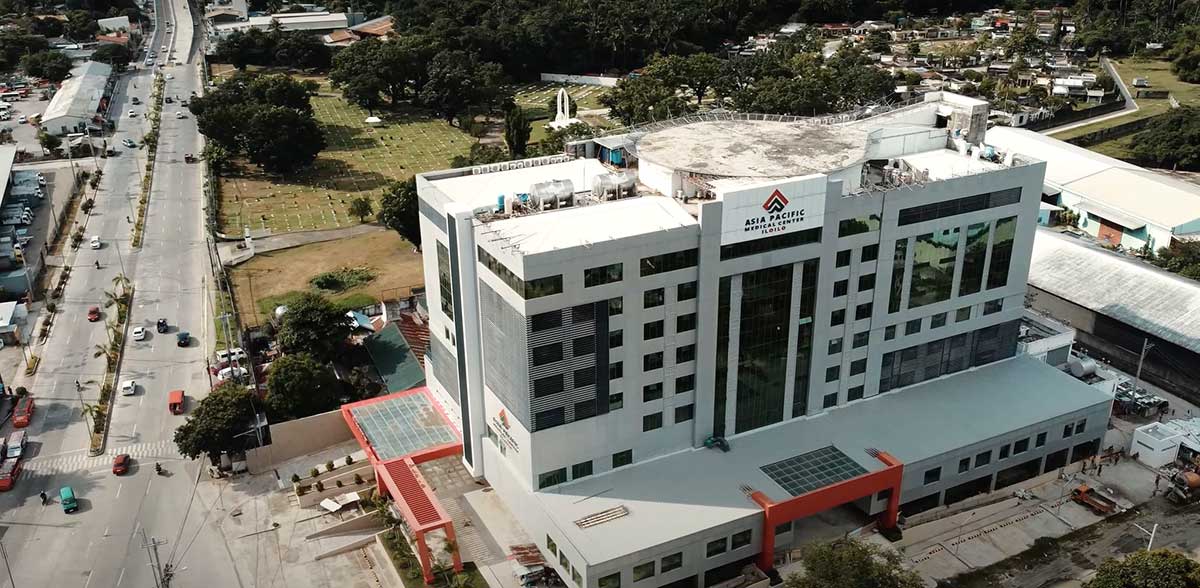
By Francis Allan Angelo
Iloilo is booming. Buildings are rising, businesses are sprouting, and the economy is growing faster than ever. People are flocking to the city from all over, eager to be part of its vibrant energy.
But with Iloilo’s growing population, a crucial question arises: is the healthcare system ready to keep everyone healthy?
Iloilo City and Iloilo province’s population reached 457,626 and 2,059,983, respectively, in 2023. This growth is largely driven by industrialization, with the industrial and services sectors experiencing the fastest growth rates at 14.7% and 9.4%, respectively. This has led to an increase in Iloilo’s GDP of 8.5%, valued at P206 billion.
While this growth is positive for the city’s economy, it also presents challenges for the healthcare system. The strain on existing infrastructure and resources is already evident, with longer wait times and reduced access to care becoming increasingly common.
As of 2023, Iloilo City boasts roughly 813 hospital beds, while the province holds 2,287, bringing the combined capacity to 3,100. While this might seem substantial, the World Health Organization recommends three beds per 1,000 people. With Iloilo’s current population, that translates to a staggering need of 7,500 beds – a gap of nearly 4,400!
Urbanization brings prosperity but also paints a complex tableau for public health. The influx of population strains the existing healthcare infrastructure, manifesting in longer wait times and constrained access to medical services.
Chronic diseases often accompany urban lifestyles, with obesity, diabetes, and heart disease casting long shadows over the new urban dwellers. This epidemiological transition demands an increase in healthcare workers, especially crucial in the rural and developing municipalities where access to healthcare remains a challenge.
This shortfall in hospital capacities translates to longer wait times, limited access to care, and a strain on resources, especially considering the rise of chronic diseases like diabetes and heart disease often associated with urbanization.
But Iloilo City isn’t sitting idly by. Recognizing the looming challenge, the city is spearheading the construction of a 70-bed hospital, focusing on indigent patients and aiming to expand as it recruits personnel.
The province, too, has converted two Department of Health-run hospitals, increasing bed capacity and services.
The COVID-19 pandemic and the cholera and Acute gastroenteritis outbreaks in Iloilo City also highlighted how health emergencies can disrupt our daily lives, including the economy.
Additionally, the rise of chronic diseases such as obesity, diabetes, and heart disease, associated with urbanization and lifestyle changes, is putting further pressure on the system.
To meet these challenges, Iloilo’s healthcare system needs to undergo a fundamental shift. A focus on preventative care and personalized medicine can help keep people healthy longer and reduce the burden on hospitals and clinics.
The Iloilo City government’s implementation of a digital health platform is a positive step in this direction, as it will allow for more efficient data sharing and coordination between healthcare providers.
CareSpan, the licensed holder and operator of the Department of Health (DOH)-vetted CareSpan Digital Health Platform, “will provide doctors with online tools for conducting remote telemedicine visits with patients and storing patient electronic medical records.”
CareSpan plans to provide two accredited PhilHealth Konsulta Facilities or two district health centers that will give telemedicine platform access for patients and healthcare workers.
Community health programs and education also have a vital role to play in promoting healthy lifestyles and preventing disease.
By working together, the government, the healthcare community, and the people of Iloilo can build a healthcare system that is prepared to meet the needs of a growing population.
Here are some specific recommendations for how Iloilo’s healthcare system can be improved:
Increase investment in healthcare: The government needs to allocate more resources to healthcare, both in terms of funding and manpower. This includes building new hospitals and clinics, hiring more doctors and nurses, and investing in new technologies.
Focus on preventative care: Preventative care is essential for keeping people healthy and reducing the burden on the healthcare system. The government should invest in programs that promote healthy lifestyles, such as education campaigns and public health initiatives.
Develop personalized medicine: Personalized medicine is a new approach to healthcare that tailors treatments to the individual patient’s unique needs. This can be a more effective and efficient way to treat chronic diseases.
Improve access to care: Everyone should have access to quality healthcare, regardless of their income or location. The government should work to reduce wait times and make healthcare more affordable.
By taking these steps, Iloilo can ensure that its healthcare system is ready to meet the challenges of a growing population. A healthy population is essential for a thriving economy, and Iloilo has the opportunity to set an example for other cities in the Philippines.




















